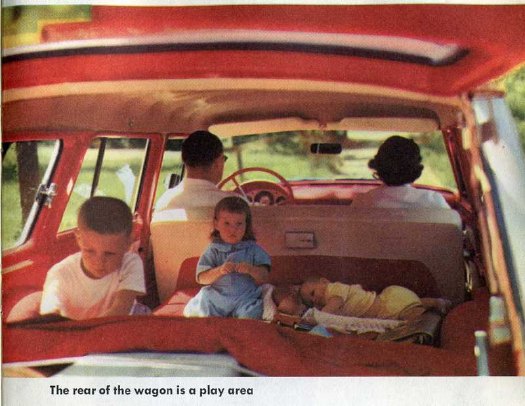When we recommend a surgical or
dental procedure that will require general anesthesia, fear of anesthesia is frequently
paramount in the owner’s mind. Fear of
anesthesia is universal. In people,
patients often fear anesthesia more than the procedure itself. This is true even though patients often are at
a greater risk of dying from the procedure than from the anesthesia. For
example, women have about the same risk of dying from an uncomplicated
pregnancy as they do from having anesthesia.
The fear of anesthesia is much greater than the real risk. Though we can’t ever take the risk of
anesthesia to zero, the risks are very minimal in animals and people.
The first anesthesia was used by
a doctor at Massachusetts General
Hospital
 During anesthesia in our hospital,
veterinary surgical staff monitors blood pressure, oxygen content of the blood,
ECG and blood carbon dioxide levels, among other parameters. In addition to mechanical monitors, we know,
and have always believed, that the best monitor is well-trained staff. At the
Lien Animal Clinic, every patient is assigned a licensed veterinary technician who is
with that patient from the time they are prepped for surgery until they wake
up. The technician administers drugs that relax the patient and provide pain
relief, induces the patient and places an endotracheal tube, enabling the
patient to breathe oxygen as well as the anesthetic gas. The same technician
monitors anesthesia throughout the surgical procedure and is with the patient
until it is fully awake following surgery. Our belief is that the technician
should act as an advocate for the patient, including requesting additional pain
control or other techniques to provide patient comfort and safety.
During anesthesia in our hospital,
veterinary surgical staff monitors blood pressure, oxygen content of the blood,
ECG and blood carbon dioxide levels, among other parameters. In addition to mechanical monitors, we know,
and have always believed, that the best monitor is well-trained staff. At the
Lien Animal Clinic, every patient is assigned a licensed veterinary technician who is
with that patient from the time they are prepped for surgery until they wake
up. The technician administers drugs that relax the patient and provide pain
relief, induces the patient and places an endotracheal tube, enabling the
patient to breathe oxygen as well as the anesthetic gas. The same technician
monitors anesthesia throughout the surgical procedure and is with the patient
until it is fully awake following surgery. Our belief is that the technician
should act as an advocate for the patient, including requesting additional pain
control or other techniques to provide patient comfort and safety. Most patients have a blood test
before anesthesia ensuring that they are normal metabolically. All patients have intravenous catheters that supply
vital fluids throughout surgery and give us constant access to their blood stream. All patients are
intubated so they can breathe oxygen along with anesthesia gas. This provides
additional safety in cases where it becomes necessary to offer respiratory
support.
Most patients have a blood test
before anesthesia ensuring that they are normal metabolically. All patients have intravenous catheters that supply
vital fluids throughout surgery and give us constant access to their blood stream. All patients are
intubated so they can breathe oxygen along with anesthesia gas. This provides
additional safety in cases where it becomes necessary to offer respiratory
support. We hear quite often that certain
breeds are sensitive to anesthesia or specific medications. This is rarely true. Each patient
is unique and our drug and anesthesia protocols are based on what is best for
that patient, not on their breed. A
multi-drug approach is the most effective and safest approach. We add the benefits of certain medications
while decreasing the negatives by using anesthesia cocktails with lower doses
of individual medications. Typically,
animals receive pain medications with sedative medications prior to
anesthesia. This relaxes them, pre-treats
for pain and removes the stress from their experience. Then, an IV catheter is placed and the
patient receives anesthesia-inducing medications. The endotracheal tube is then placed enabling
them to breathe anesthesia gas and oxygen.
Following the procedure, the patient is given oxygen until they eliminate
the anesthetic gas from their body. If appropriate, pain medication is repeated
on recovery.
We hear quite often that certain
breeds are sensitive to anesthesia or specific medications. This is rarely true. Each patient
is unique and our drug and anesthesia protocols are based on what is best for
that patient, not on their breed. A
multi-drug approach is the most effective and safest approach. We add the benefits of certain medications
while decreasing the negatives by using anesthesia cocktails with lower doses
of individual medications. Typically,
animals receive pain medications with sedative medications prior to
anesthesia. This relaxes them, pre-treats
for pain and removes the stress from their experience. Then, an IV catheter is placed and the
patient receives anesthesia-inducing medications. The endotracheal tube is then placed enabling
them to breathe anesthesia gas and oxygen.
Following the procedure, the patient is given oxygen until they eliminate
the anesthetic gas from their body. If appropriate, pain medication is repeated
on recovery.
This scenario is exceptionally
safe and is our standard protocol. Know that the care-giving team providing your
pet’s anesthesia is skilled and focused on your pet for the duration of its procedure
and attentive to its needs through discharge from the hospital.
 Always feel free to discuss any
concerns with us about any care your animal may need, including anesthesia or other
procedures.
Always feel free to discuss any
concerns with us about any care your animal may need, including anesthesia or other
procedures.
Timothy R Kraabel, DVM, DABVP (Canine/Feline Practice)
Outreach Chairman, American Board of VeterinaryPractitioners





























